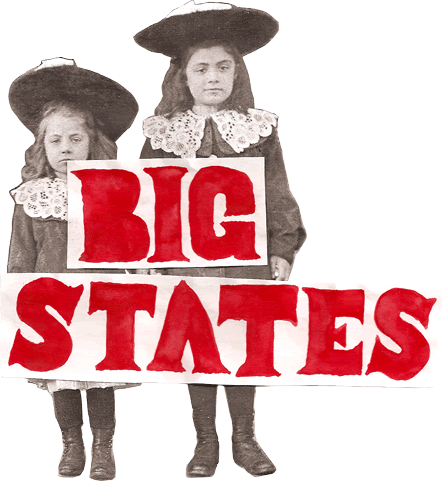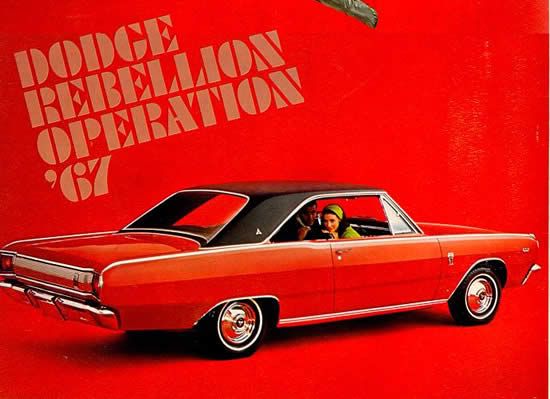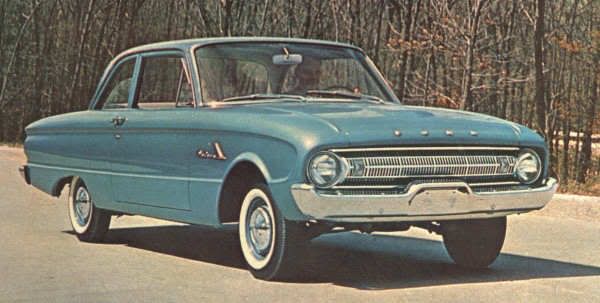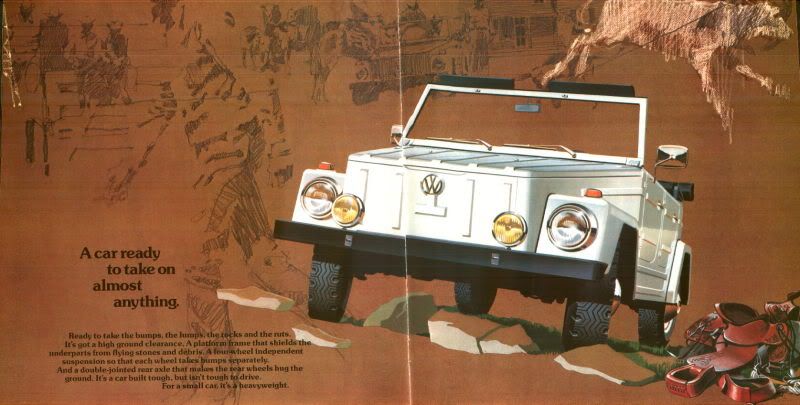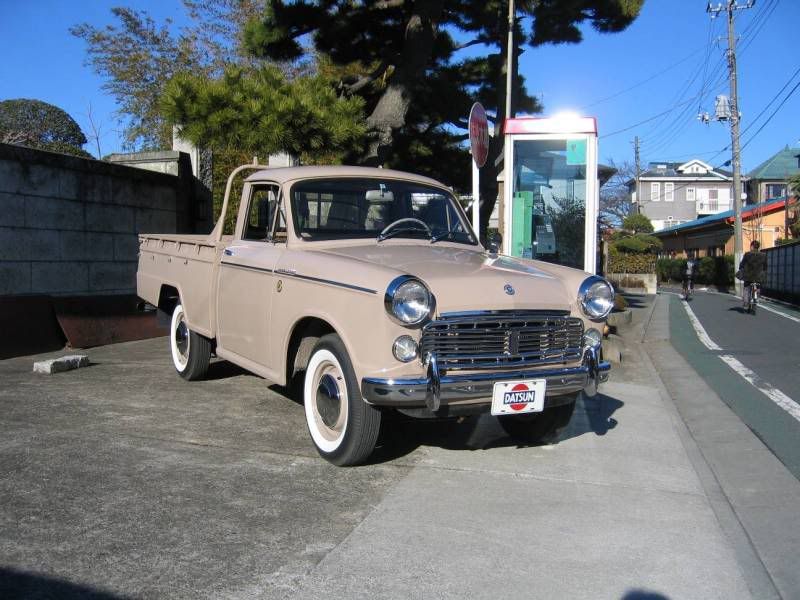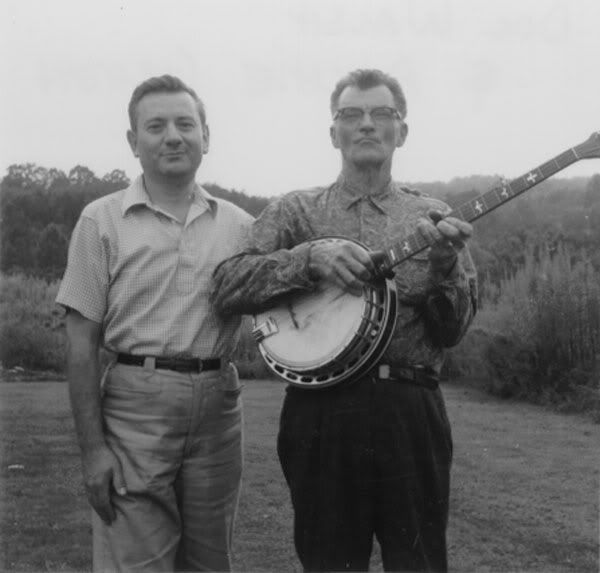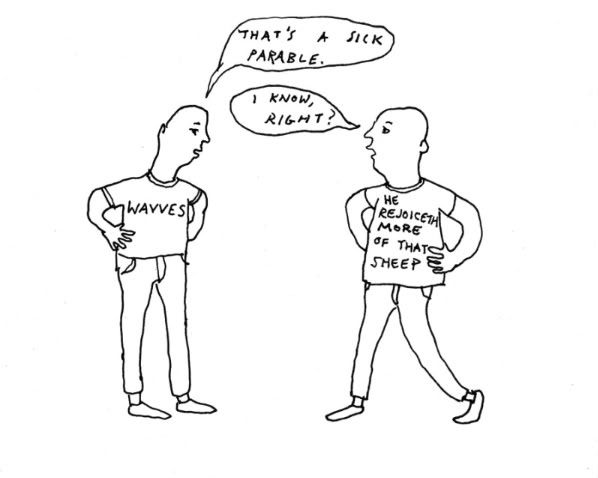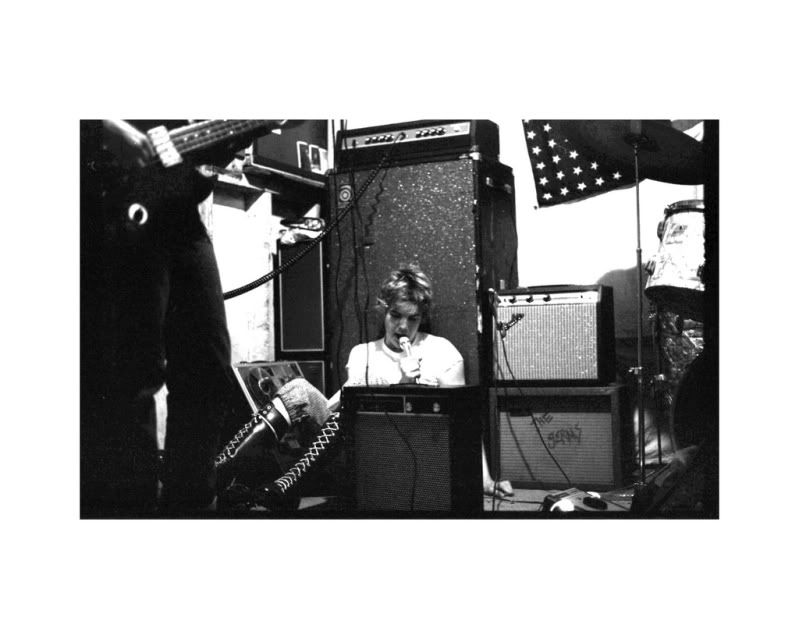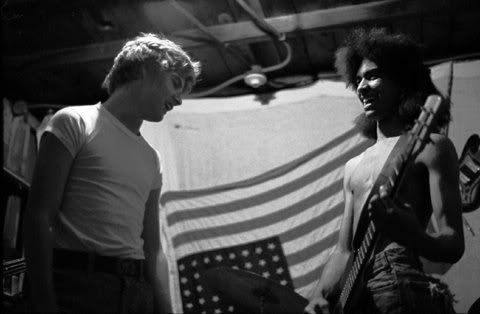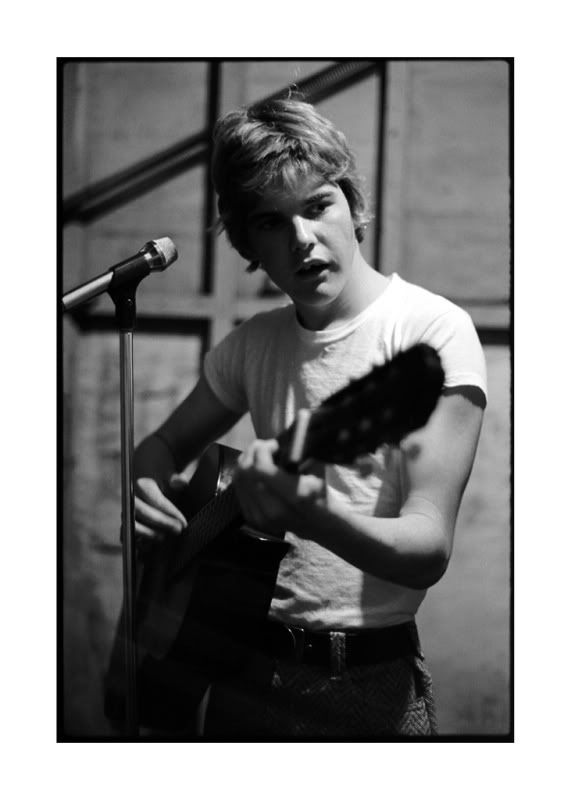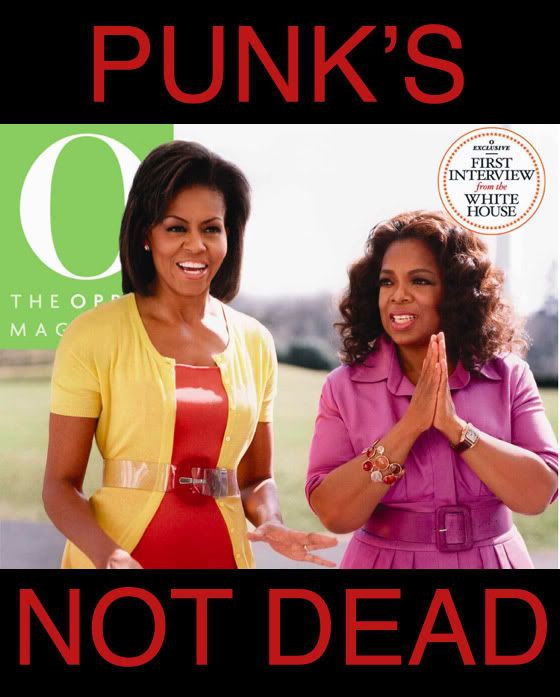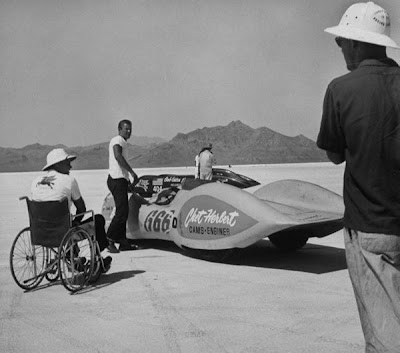
I didn’t start really listening to rock music until I was about 14. I did however grow up reading comic books which require a similar leap--you can’t ever question the absurdity of the premise. You have to roll with the punches, and the costumes, and the hard bodies, the titanic breasts, the deaths and contrived rebirths, the cliffhangers, and the crossovers. When I started “growing up”, that is, when I was no longer interested in superheroes, or (more likely) decided that I shouldn’t be, there was a whole bunch of “adult” comics that traffic in the same language—lusty & violent supernatural soap opera— but with a relative realism. Mostly they tease at the absurdities of superhero comics or act as sensational parables of the Real World Issues, or both (as with Watchmen). The problem, if this qualifies as one, is that these comics are really only for the post-adolescents (like me) that spent their youths ogling
Psylocke’s bustline and trading impassioned opinions on Spider-Man’s new costume, but at some point, couldn’t continue caring quite so much for the unintelligible plots and decided it was all maybe pretty stupid anyhow.
Ultimately these more serious comic books (or
graphic novels, a term which smacks of delusion) are more about the language of comics than they are about life or living.
Likewise, rock & roll builds from the same foundation of adolescent fantasy. Both comics and rock scratch the adolescent itch for extremes. Both have a zealous older fan base for what was, in conception, kid’s stuff. Rock & roll has always been principally concerned with the big money teenage market, even as it rose to the status of art. So the same year that a recording
artiste like Leonard Cohen released
Songs from a Room, Zeppelin came out with their first album. Of course Zeppelin is hardly
Tommy Roe, so you see the confusion was already setting in. And, actually, Zeppelin were rather frustrated at the press’s unwillingness to recognize them as artists.
I like Zeppelin, but the only way you can really prop them up as art is in their technically awesome musicianship (Jimmy Page is sort of like
Jim Lee or
Todd McFarlane—adept at capturing the imaginations of 12 year old boys, but with a craft that has very little to do with the visible world) or accepting the mythology of rock and recognizing that they excelled within that frame of purpose and meaning. Which is essentially where we're at. The band is no longer understood as grandiose pimple music. They are respected pillars of rock & roll tradition.
(If you think Zeppelin are no good you’re welcome to insert your favorite big, stupid, hugely influential rock band)
And, by now, virtually all us rock fans have accepted (or been raised on) the rock & roll myth that allows us to say things like “yes, Bonham shreds.” The mythology has grown into and around culture and custom and all those things which provide us with measures of meaning and value. The rock mythology has become like the religious mythology-- too much genuine belief amassed upon the story for the story to merely be taken at face value.
But there seem to be a lot of us who are a little embarrassed by this, shaky in this faith, and therefore desire something truer, more relevant, thoughtful, less decadent, more adult.
There is a kind of rock music made for us, by us. Those of us whose long relationship with rock & roll makes us yearn for a slow cathartic build and maybe some tasteful guitar solos. We who might ache with private joy at the crunch of a power chord but who’ve suffered too many of the real and petty injuries of a young but long enough life to actually continue Believing. Because most of us can only really believe like that when we’re really young and we don’t have to worry about stupid things like health insurance and can instead worry about different stupid things like how did Joey Ramone get such awesomely ravaged pants? Can I buy them? Does it look fake if I cut my pants with scissors? …So in an effort to resolve our grown-up reality with a secret craving for the trappings of rock we seek the music that attempts to salvage something truer, more relevant, thoughtful, less decadent, more adult, out of the mythology of Rock.
But I think there’s a problem with this. For one, this is why people end up listening to Wilco, who're probably the Wynton Marsalis of alternative rock.
-------------
A couple of weeks ago I went to see Phosphorescent at the Empty Bottle. He’s touring in support of an album of Willie Nelson covers, which I think is mostly pretty good. The band was great, really tight. They sounded so heartbreaking, but tempered by a warmth in that particular way in which country rock excels. It was exciting. I hadn’t heard music that good in a long time. But then, and maybe I was just tired, or annoyed at the guy who clasped my shoulder after I bumped into him in this annoying way that big guys always handle me because I’m smaller than them, but at this point, any good feelings just sort of drained out of me. The music still sounded good, but the whole affair became like a museum piece, like one of those period rooms with all the appropriate furniture and artwork, every detail just how it was in Rococo France or wherever. And it wasn’t that the band was slavishly trying to sound like Willie Nelson. They were playing a lot of originals along with the covers and they were doing their thing comfortably. But I think at some point I realized that it was music for fetishists. Music for people who would recognize the borrowed conventions, all the appropriate details like the interplay of piano and guitar, and think “yes, my kind of music.” Who didn’t want the set pieces or costumes or anything too flashy but wanted all the hot licks. Guys like me who wanted the clichéd laments of nights of boozing, and women trouble because it was all familiar but wanted it delivered by Brooklyn jerks in jeans and t-shirts so we could feel like it was maybe about us. Music for people with such a pathetically specialized notion of the kind of music that represents us, we end up listening to rock music about rock music, with nothing much to say about anything else.

